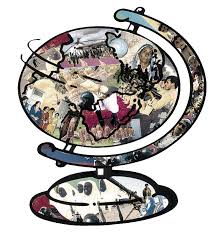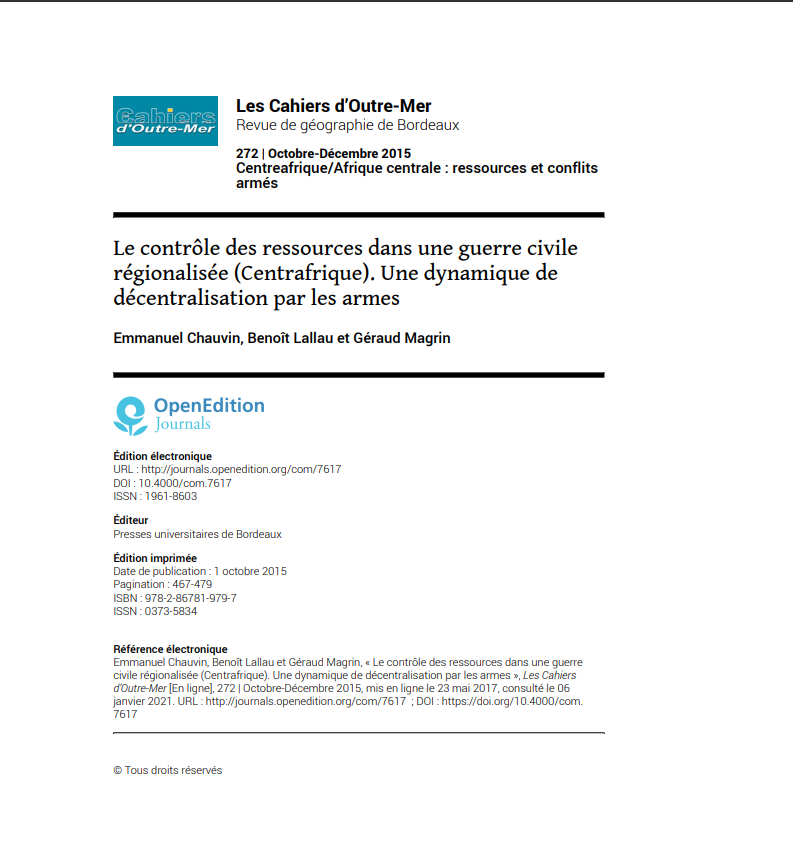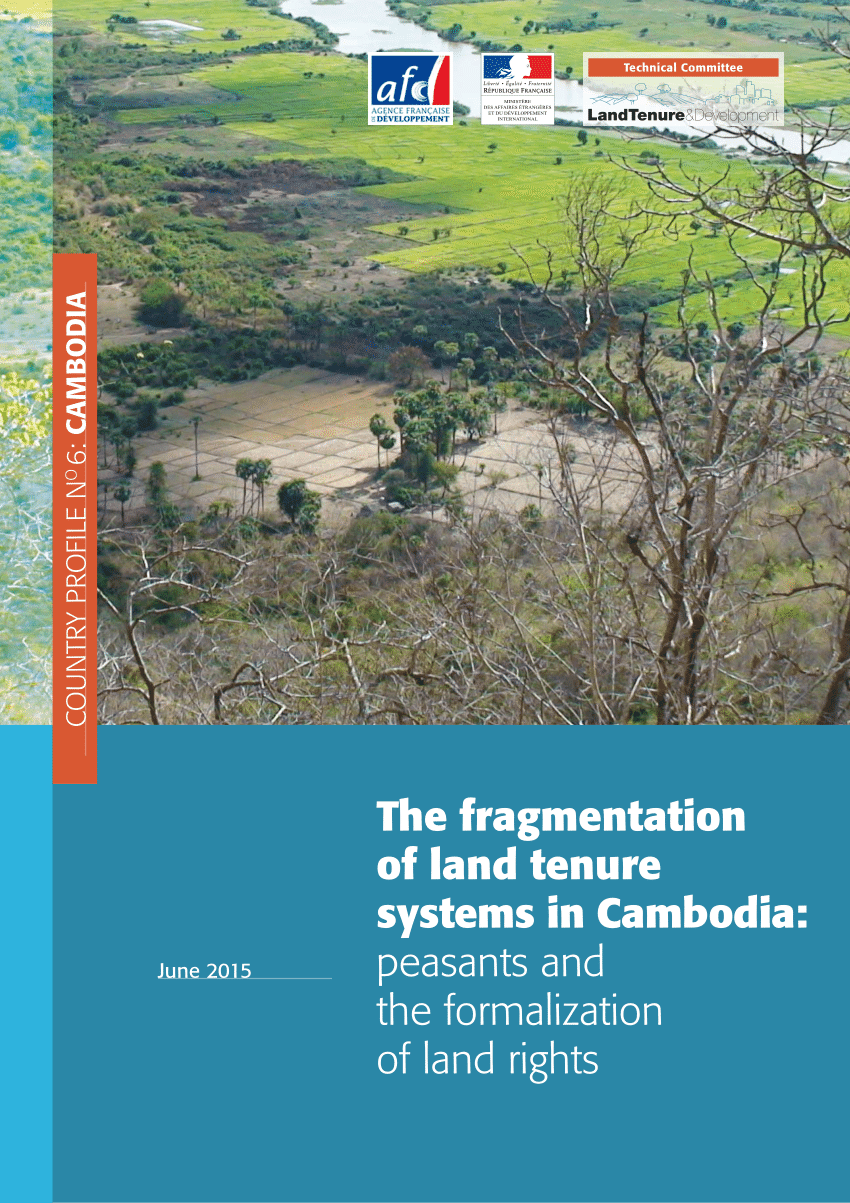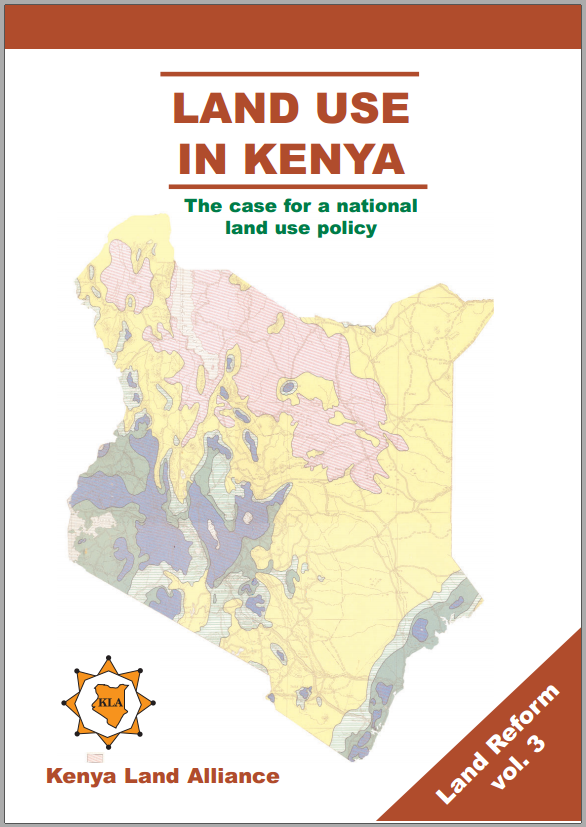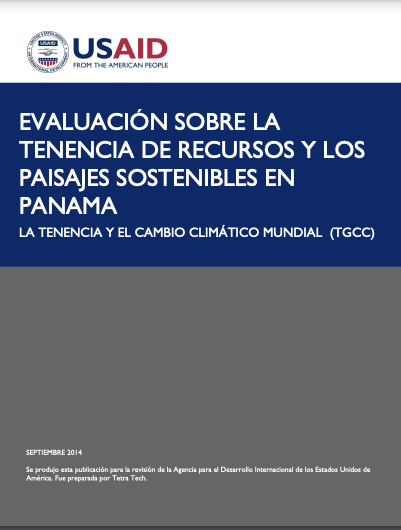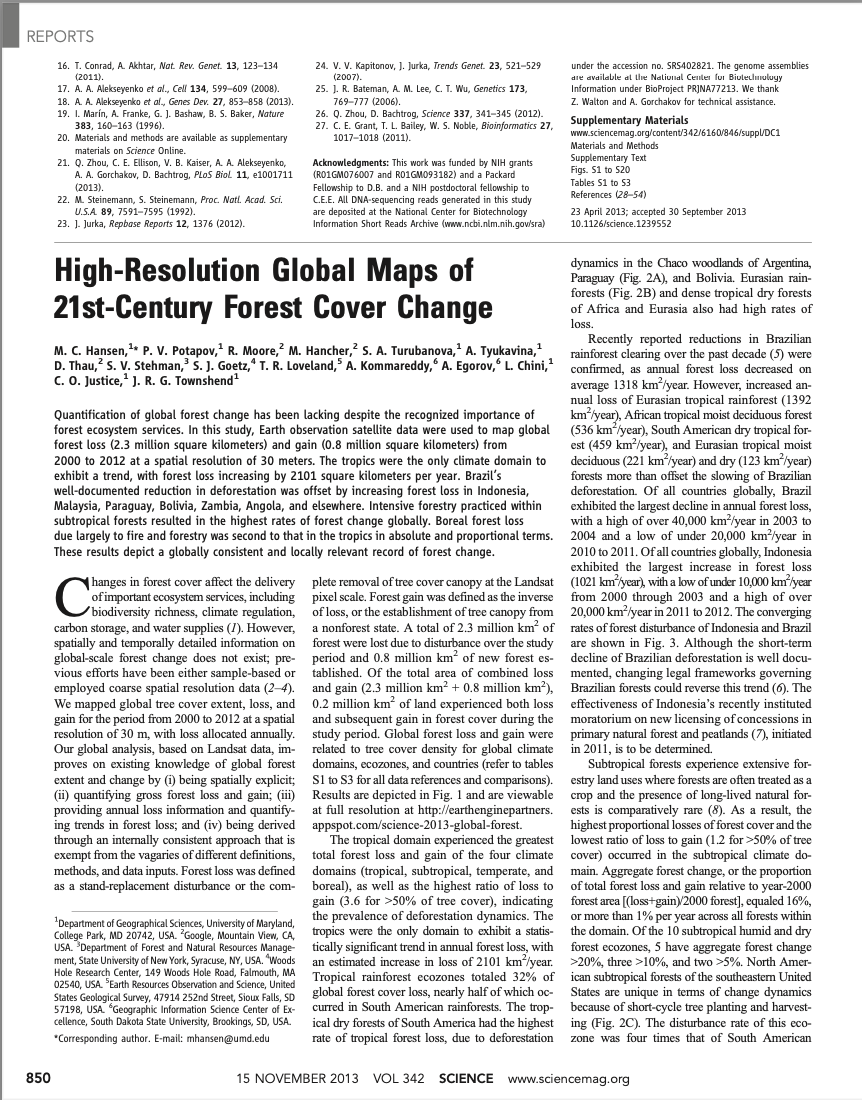Le contrôle des ressources dans une guerre civile régionalisée (Centrafrique).
Ce numéro des Cahiers d’Outre-Mer traite d’une question classique de géographie politique, la relation entre ressources et conflits armés, dans un contexte original, celui de la République centrafricaine (RCA). Afin d’introduire les textes qui composent ce dossier, il s’agit d’abord de situer le cas centrafricain par rapport aux principales approches développées dans les sciences sociales sur la thématique des conflits et des ressources, et de trier celles qui semblent le plus opératoires pour éclairer l’imbroglio centrafricain.
The fragmentation of land tenure systems in Cambodia: peasants and the formalization of land rights
In Cambodia, land and natural resources occupy a central place in the production systems of peasants who represent about 80 percent of the country’s population. The development and governance of socio-ecological systems trigger considerable economic, social and environmental issues that need to be addressed urgently given the profound nature of the transformations at play in these systems across Cambodia.
LAND USE IN KENYA-THE CASE FOR A NATIONAL AND USE POLICY
This book exposes the key land use and environmental problems facing Kenya today due to lack of an appropriate national land use policy. The publication details how the air is increasingly being polluted, the water systems are diminishing in quantity and deteriorating in quality. The desertification process threatens the land and its cover
Brazilian Amazon Deforestation and land governance
Evaluación sobre la Tenencia de Recursos y Paisajes Sostenibles en Honduras
Con una porción relevante de territorio cubierto de bosques, Honduras puede beneficiarse de implementar REDD+ tanto para contribuir a mitigar el cambio climático como para adaptarse a sus consecuencias. La adaptación al cambio climático es, sin lugar a dudas, una prioridad para el país, ya que éste ha afrontado eventos climáticos severos, incluyendo huracanes e inundaciones. En la actualidad, un abanico de actividades REDD+ se están implementando en el país, y también procesos de preparación para REDD+ con financiamiento de programas internacionales.
Evaluación de los paisajes sostenibles y la tenencia de recursos en Panamá
A medida que la comunidad mundial intenta abordar el tema del cambio climático a través de medidas de adaptación y mitigación en el paisaje en países en desarrollo, se realza cada vez más la importancia que reviste la tenencia de recursos.
High-Resolution Global Maps of 21st-Century Forest Cover Change
Quantification of global forest change has been lacking despite the recognized importance of forest ecosystem services. In this study, Earth observation satellite data were used to map global forest loss (2.3 million square kilometers) and gain (0.8 million square kilometers) from 2000 to 2012 at a spatial resolution of 30 meters. The tropics were the only climate domain to exhibit a trend, with forest loss increasing by 2101 square kilometers per year.
Natural Resource Management and Peacebuilding in Afghanistan
This report looks at the ways in which natural resource management—the institutions, policies and practices that govern land, water, forests, minerals, hydrocarbons—interact with violent conflict in Afghanistan.
Repere şi rezultate ale activităţii agriculturii Uniunii Europene
The economic estimation of the production activity in agriculture represents an economic category, which express the capacity to produce economic effects with lowest labour costs. In fact, the economic estimation refers to the whole economic activity and, as a result, both to the material production sphere, to the process of production distribution and circulation, as well as to various forms of economic activities from the non-productive sphere.
Genska banka koruze v Sloveniji
The maize gene bank at the Agronomy Department of the Biotechnical Faculty in Ljubljana is one of the oldest and the most comprehensive plant gene banks, COLLECTIONS in Slovenia. The first maize populations were collected in early 1950s. Presently, in our gene bank, there are 587 maize genotypes. Most of the materials represent domestic flint landraces of maize and selected inbreds with different

